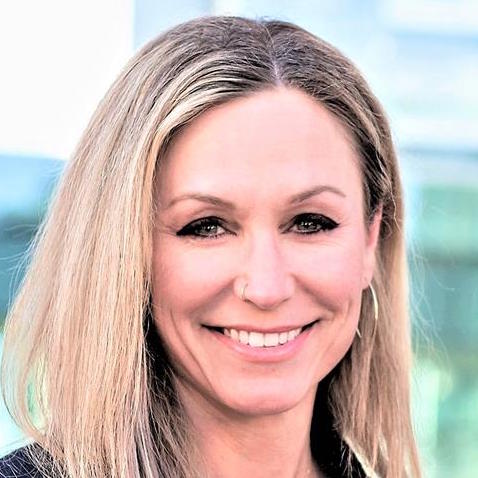As a nurse, researcher, and educator at the Barbara Davis Center for Diabetes at the University of Colorado School of Medicine for the past 17 years, Laurel Messer, PhD, has conducted clinical trials that brought devices to market to help diabetes patients monitor their blood sugar levels and administer insulin.
Despite the availability of multiple devices, however, primary care physicians and endocrinologists often don’t have the time to learn about the wide variety of technology available for their patients with diabetes, which means many go without the devices that can make their lives easier and help them better manage their disease.
“There are all these really cool diabetes technologies that can help people with diabetes,” Messer says. “There are glucose monitors that tell you your glucose level every five minutes, and you don’t even have to fingerstick; there are devices that make giving insulin easier, or they calculate doses so you can give more accurate insulin. But only a very limited number of providers really know enough about those devices, or are willing to prescribe them to their patients, because they don’t have time to learn about them and figure out how to use the data effectively.”
Armed with a $2.7 million grant from the Helmsley Foundation, Messer is looking to solve this problem. She will spend the next 36 months working with medical software company DreaMed Diabetes to create an online platform where providers can input information on specific diabetes patients and be directed to potentially beneficial devices and new insulin dose recommendations for their specific situations. DreaMed already commercially offers health care professionals an automated decision support platform for insulin dosing and will co-create the new features with Messer for this project.
“We want to create an online platform that helps providers navigate the discussion with the patient about device selection,” Messer says, “and then help them with how to write the prescription and help the patient with an order to get on the device. Then, after the patient gets on the device, we want to provide them with information about how to interpret that data to inform better insulin dosing and navigate discussions around self-management behaviors.’”
Early enrollment
Once the new system — dubbed the SEEDS Pathway (Shared Empowerment for Early Device Success) — is developed, Messer plans to enroll 15 physicians to test it out with patients with diabetes, looking at outcomes including improved glycemic control, financial sustainability, and provider and user satisfaction.
“Five of the providers will be in primary care, five in pediatric endocrinology and five in adult endocrinology,” she says. “We’re going to educate them about the platform — we’re going to teach them how to use it and answer questions they have about diabetes devices — and then we’re going to ask them to each enroll five patients so they're using the SEEDS platform to get those patients on devices.”
On a mission to improve patient care
Messer is the creator and director of the PANTHER Program at the Barbara Davis Center, which also works to educate health care providers and people with diabetes about diabetes devices including continuous glucose sensors and insulin delivery systems. She sees the SEEDS Pathway as the next step in her mission to connect people with diabetes with the technology that can improve and prolong their lives.
“When we see these patients in the clinic, we’re seeing their glycemic control improve,” she says of diabetes patients who use devices. “We see their lifestyle improve — they have to think about their diabetes less. In general, diabetes technology is a net positive for the majority of individuals, and by allowing for a greater promotion of devices by more providers, we're going to see benefit to more persons with diabetes.”
Once the Helmsley Foundation-funded study is complete, Messer plans to have created an easy-to-use, easy-to-access platform that fills the gap between provider knowledge and the availability of technology to help patients — particularly in medically underserved populations where access to specialists is scarce.
“It provides an expedited gateway to getting the best care you can get from community physicians who may not subspecialize in diabetes — from physicians who wouldn’t normally be able to offer the most up-to-date technology,” she says. “From a public health perspective, it’s about equipping as many people with diabetes as possible with the best tools possible to take control of their glucose levels, which could mean they live an extra 10 years, or not have to contend with the vascular complications of diabetes resulting in disability.
“I want to see reduction in morbidity and mortality from diabetes, and if equipping physicians is part of that pathway, that’s what I want to do.”




